As education evolves, classrooms have undergone significant changes over the last two decades. Many traditional items and practices are no longer part of the school experience.
Chalkboards

Chalkboards have been replaced with whiteboards, and in some schools, smart boards to incorporate technology into teaching. Smart boards allow for interactive lessons and access to online resources. Plus, no one misses the dusty chalk. This shift has made classrooms cleaner and more versatile.
Cursive Writing
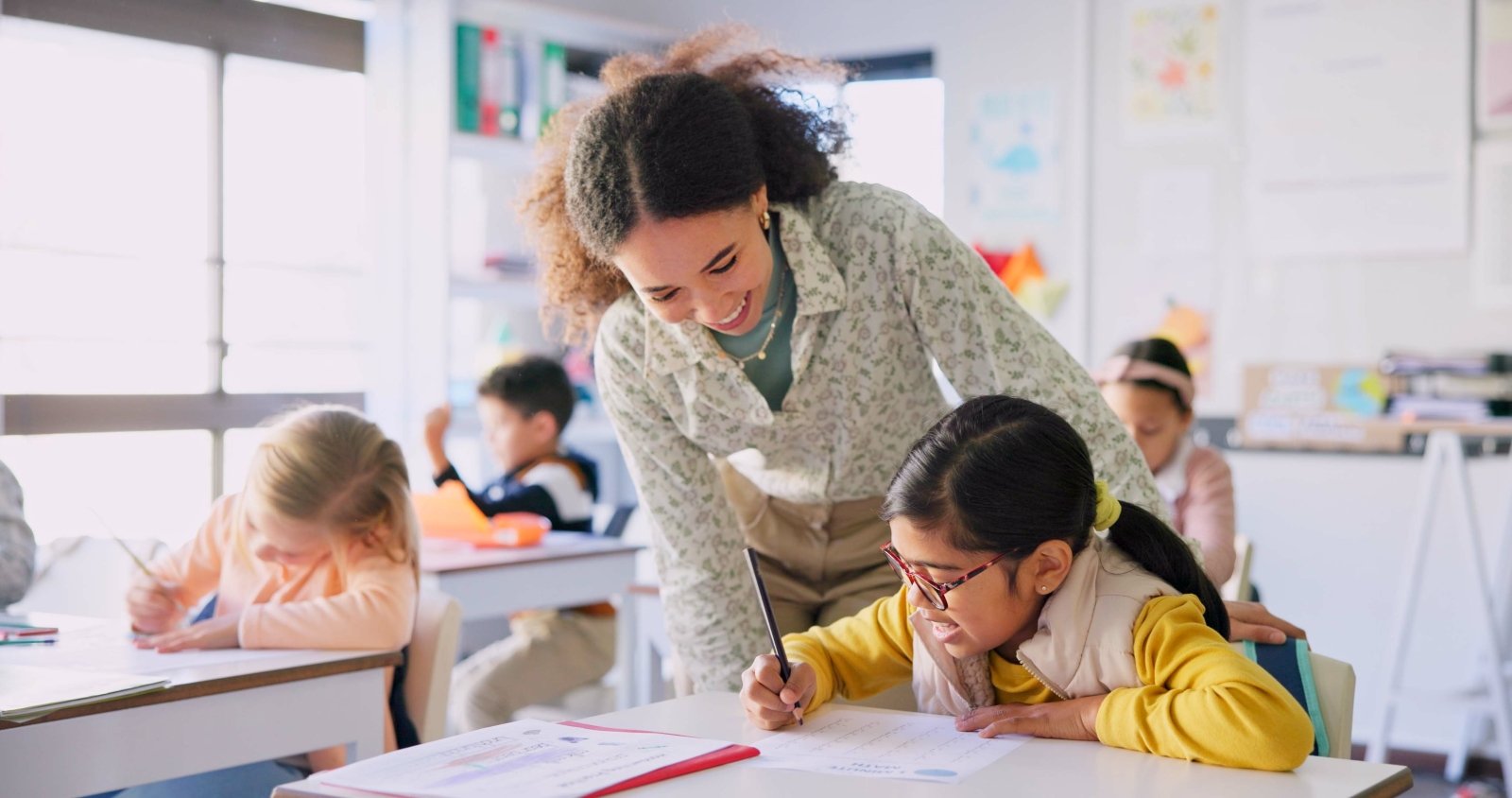
You won’t see students writing in cursive on their notebooks or worksheets anymore. While some states still include cursive in their curriculum, most focus on teaching technology skills. With most communication now digital, students need to navigate the web more than write in cursive. It is a loss since handwriting has cognitive benefits.
Pull-Down Maps
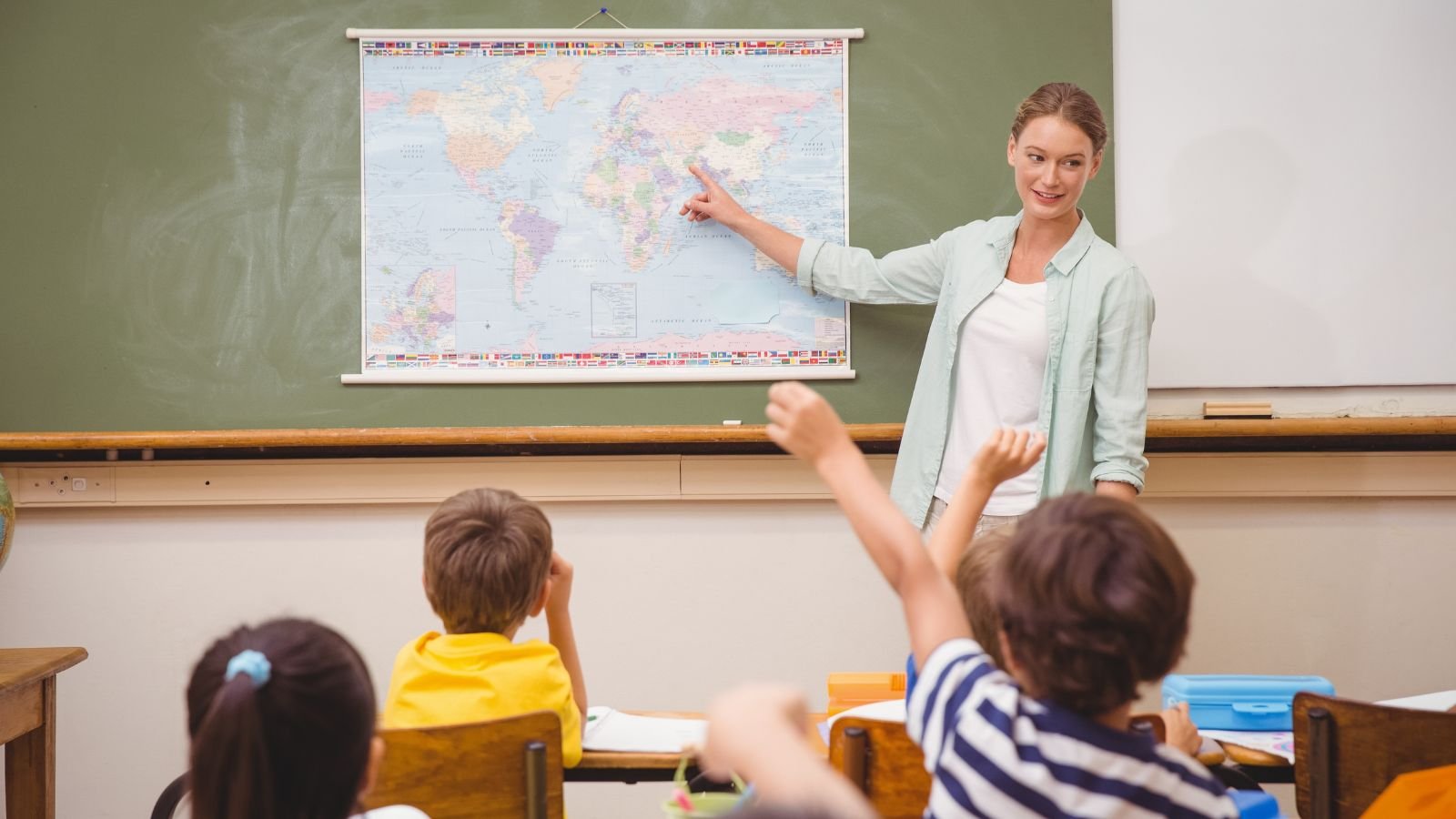
In the past, classrooms had pull-down maps for geography and history lessons. Teachers would use them to show locations and events. Now digital images can be quickly displayed via projectors. Students are more likely to use Google Maps to learn geography. The digital transition allows more up-to-date and detailed maps.
AV Carts
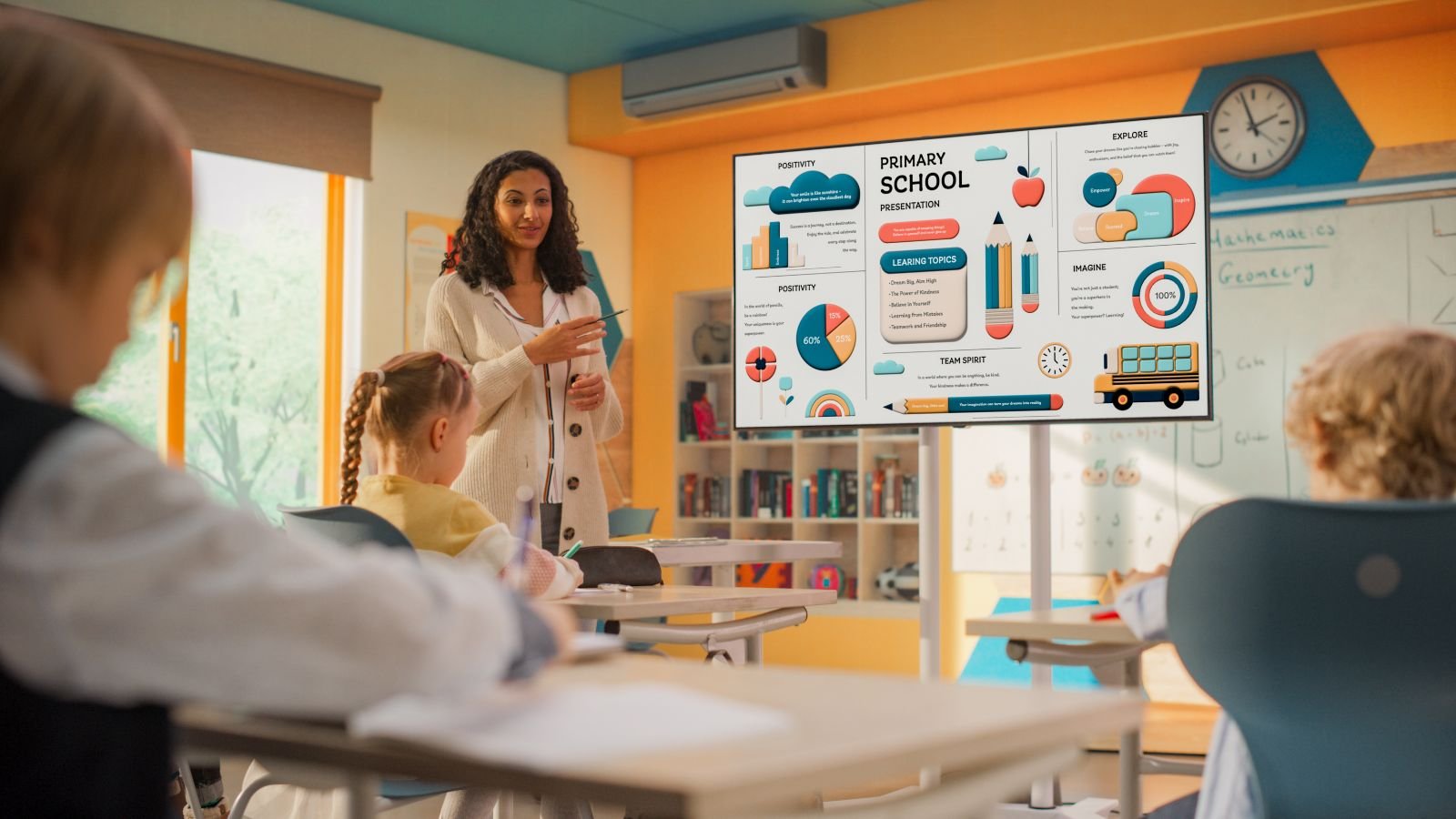
Seeing a substitute teacher roll in an AV cart in the classroom meant movie day. Today, classrooms have projectors or smart TVs. This eliminates the need for shared TVs. As technology evolves quickly, Gen Z will never experience some of these once-common items. This upgrade has made multimedia presentations more seamless and integrated into daily lessons.
Wall Pencil Sharpeners
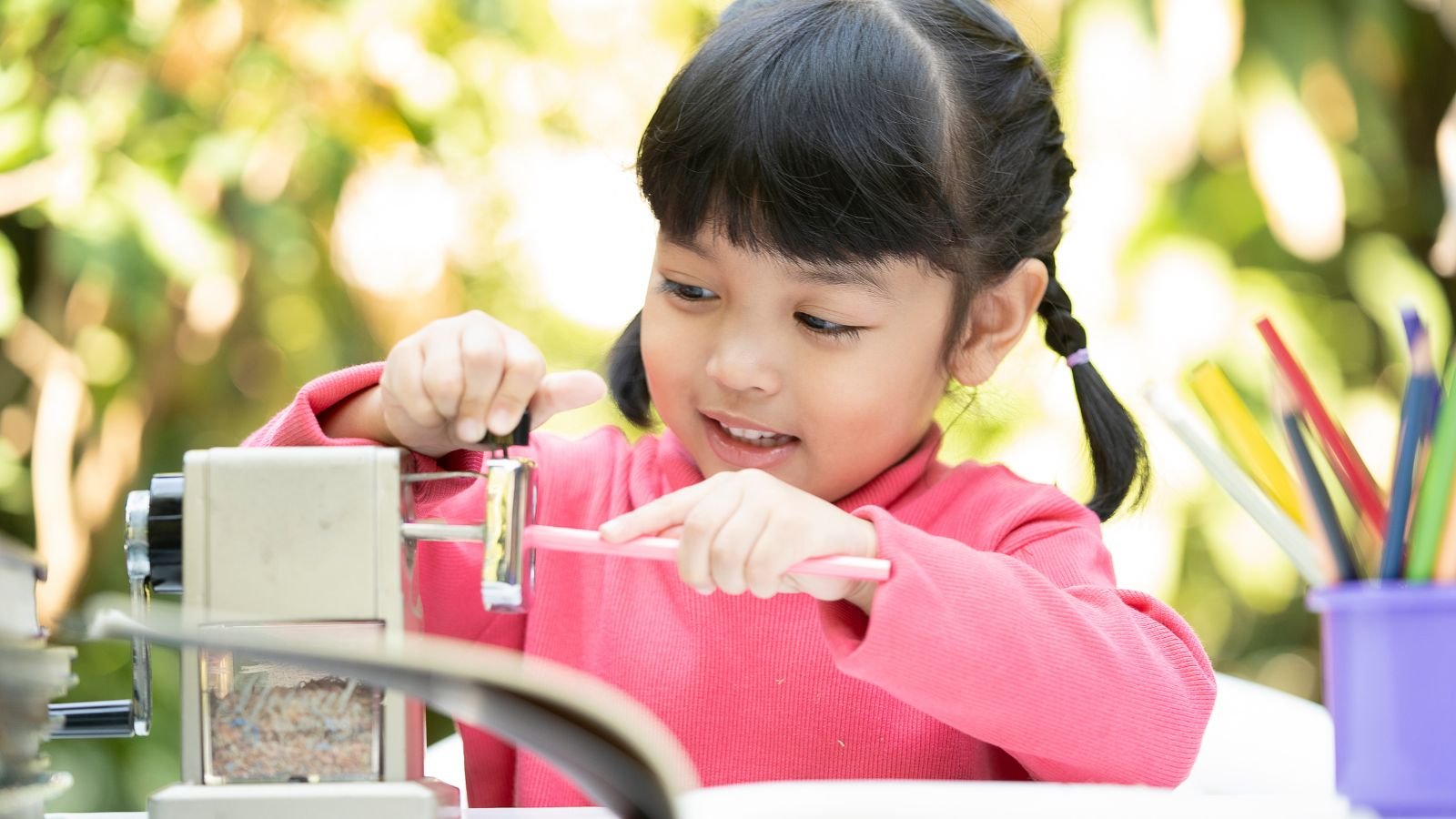
Wall-mounted pencil sharpeners often cause frustration. They either sharpened pencils unevenly or spilled shavings everywhere. Students now prefer mechanical sharpeners. They are more convenient and less messy. Modern sharpeners are also quieter and more efficient, reducing classroom disruptions.
Zip-Up Binders

Zip-up binders, once a school staple for organizing papers and supplies have largely disappeared. With the rise of digital assignments and online learning platforms, students use fewer physical materials. Binders are often replaced by digital tools and simple folders. This shift has helped reduce the physical load students can carry.
Library Check-Out Cards

Library check-out cards helped you see who else borrowed the same book from the library. However, these have been replaced by digital systems in modern school libraries which provide easy tracking and managing of books. Some schools even have automated self-checkout systems. It makes the overall process more efficient and interactive for students, enhancing their experience.
Climbing Rope

Allowing kids to climb high ropes during P.E. classes seems risky in hindsight. This trend has faded as schools prioritize safer and more inclusive physical activities. Modern P.E. classes focus on exercises that are safer and more suitable for students. The new activities also encourage broader participation and enjoyment.
Crayola Magic Scent Crayons
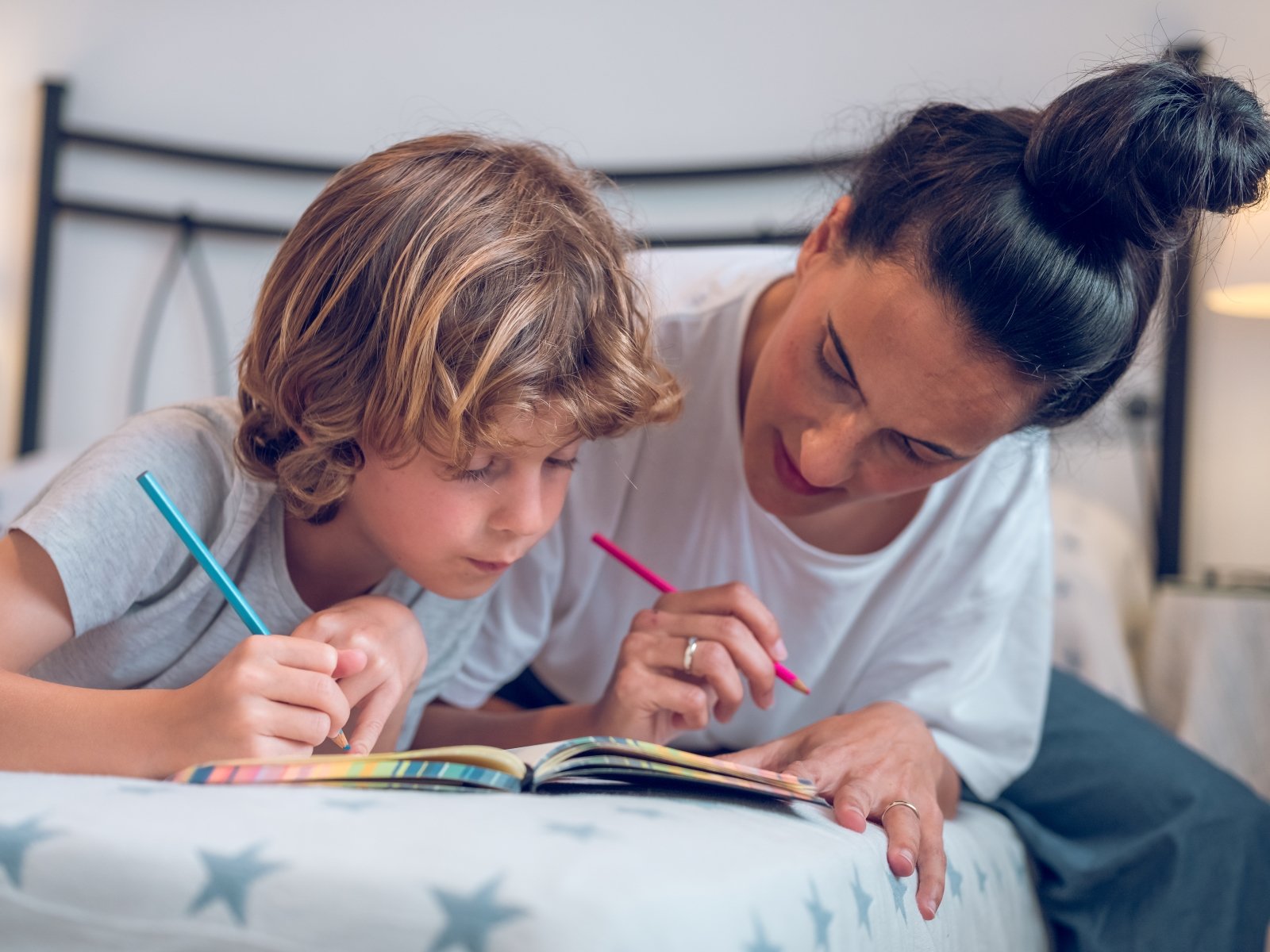
These scented crayons are now collectibles, having disappeared from classrooms. They added a fun sensory element to coloring. However, concerns over allergens and classroom cleanliness contributed to their decline. Today, kids use standard crayons and markers instead. The simplification of art supplies has enhanced its functionality as well as ensured safety for all.
Globes

Classroom globes are used to help students visualize far-off places before Google Maps. Spinning the globe and pointing to different countries was an interactive way to learn geography. Now, digital maps and interactive apps have made traditional globes largely obsolete. This change also supports real-time updates and interactive learning experiences.
Dodgeball
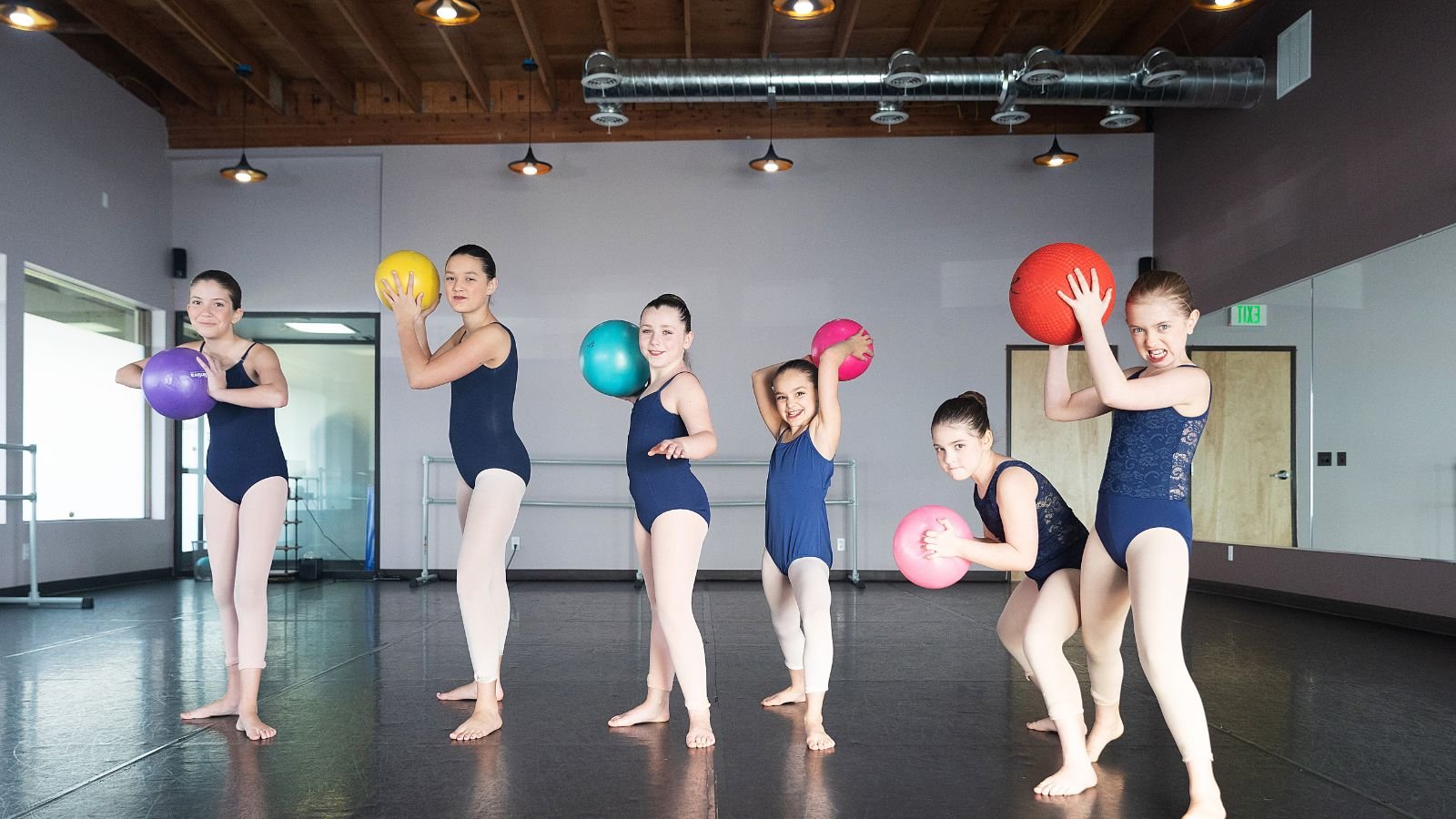
The thrill of dodging and throwing balls during gym class is a thing of the past. Dodgeball, once a staple of P.E. classes has been banned in many schools for not promoting a positive school climate. This change reflects a broader shift towards more inclusive and less aggressive physical activities. Now, P.E. classes focus on games that encourage teamwork and cooperation.
Traditional Desks
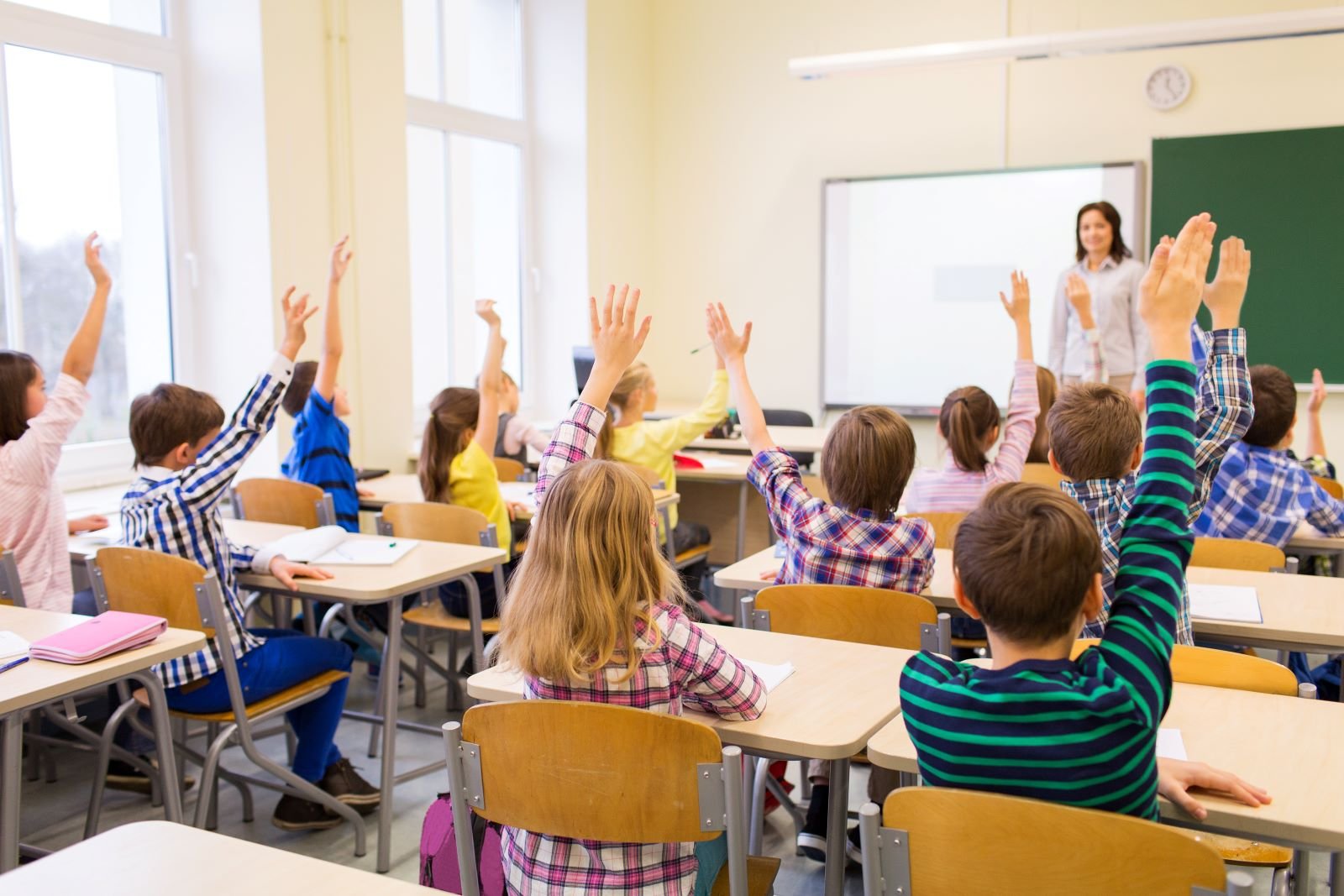
Gone are the days when classrooms were filled with identical desks with a ridge to hold pencils and books. Today, schools are embracing diverse seating arrangements to enhance learning. Some classrooms feature standing desks, while others use tables for group work. This flexible seating encourages collaboration and can help keep students engaged.
Hard Plastic Lunch Boxes
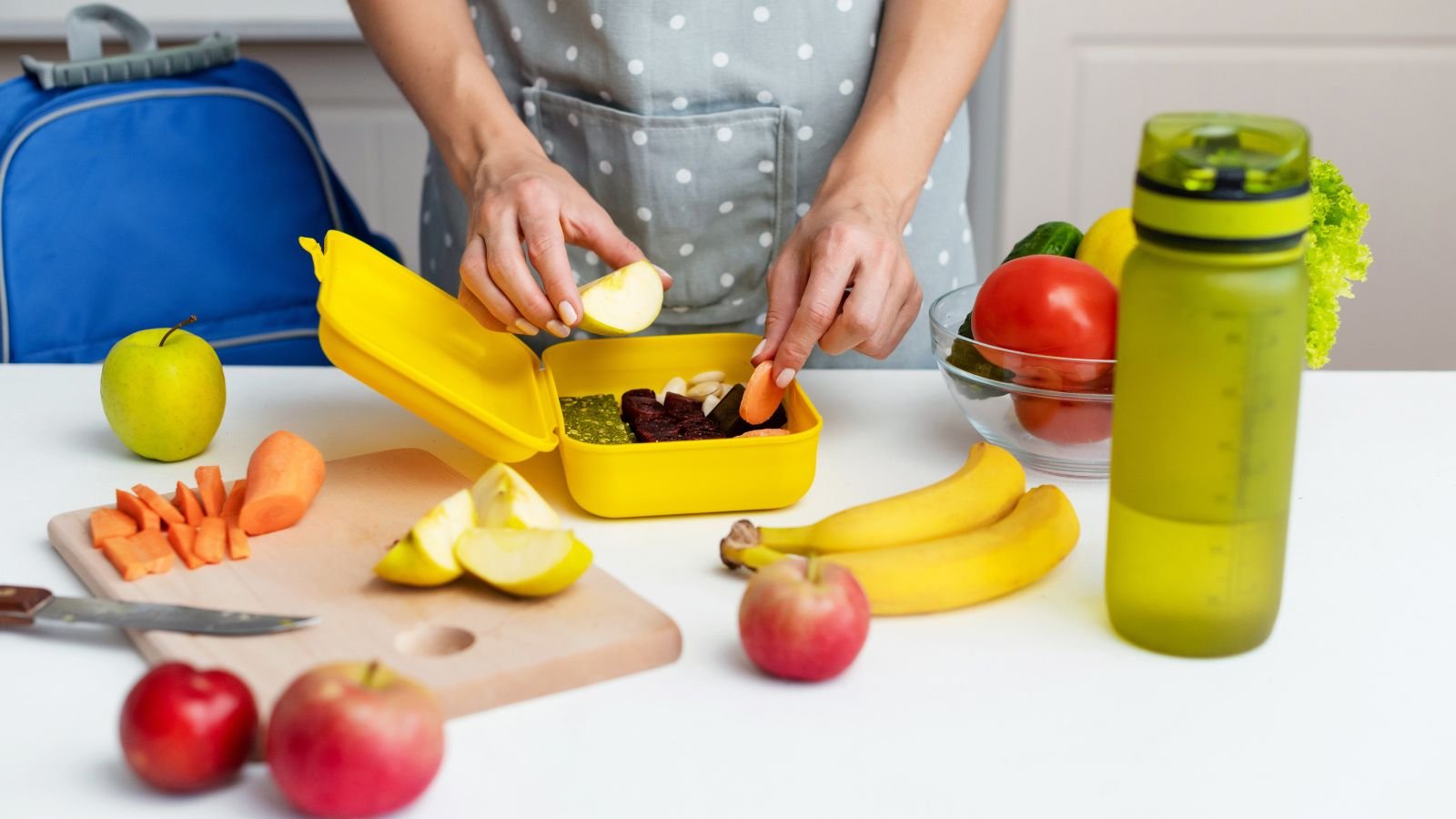
Showing off a new hard plastic lunch box was one highlight of the first day of school. While kids today still use lunchboxes, they are often made from softer materials. These new designs are more practical, often featuring insulation to keep food fresh. Despite the change, the tradition of bringing special lunch boxes to school endures.
Card Catalogs
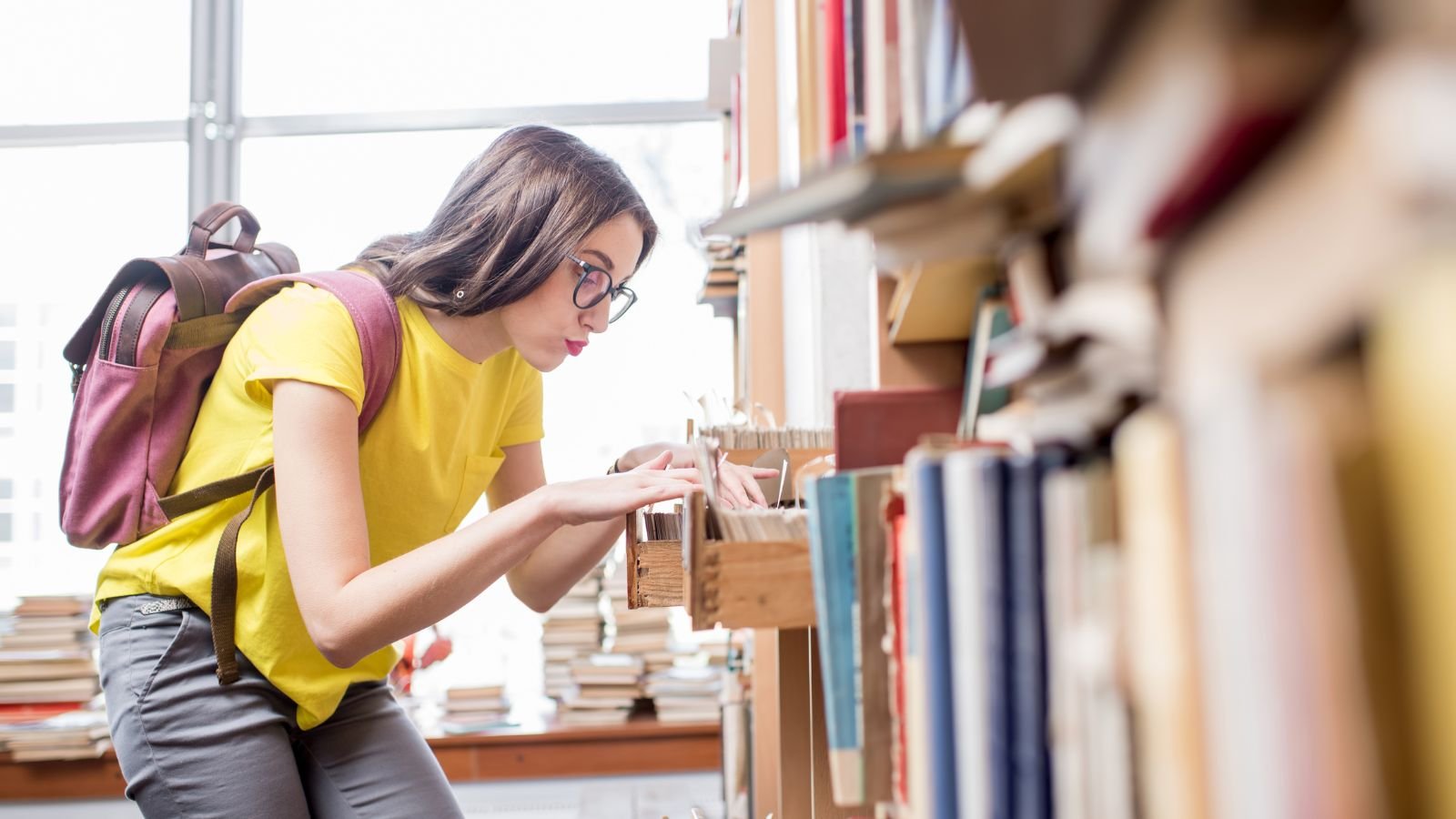
In the past, students had to sift through tiny drawers to find a book or research material. Today, a few clicks on the internet can provide all the information needed. Modern libraries have transitioned to digital catalogs, making searches faster and more efficient. This shift also frees up more physical space for more books and resources.
Projectors with Plastic Sheets
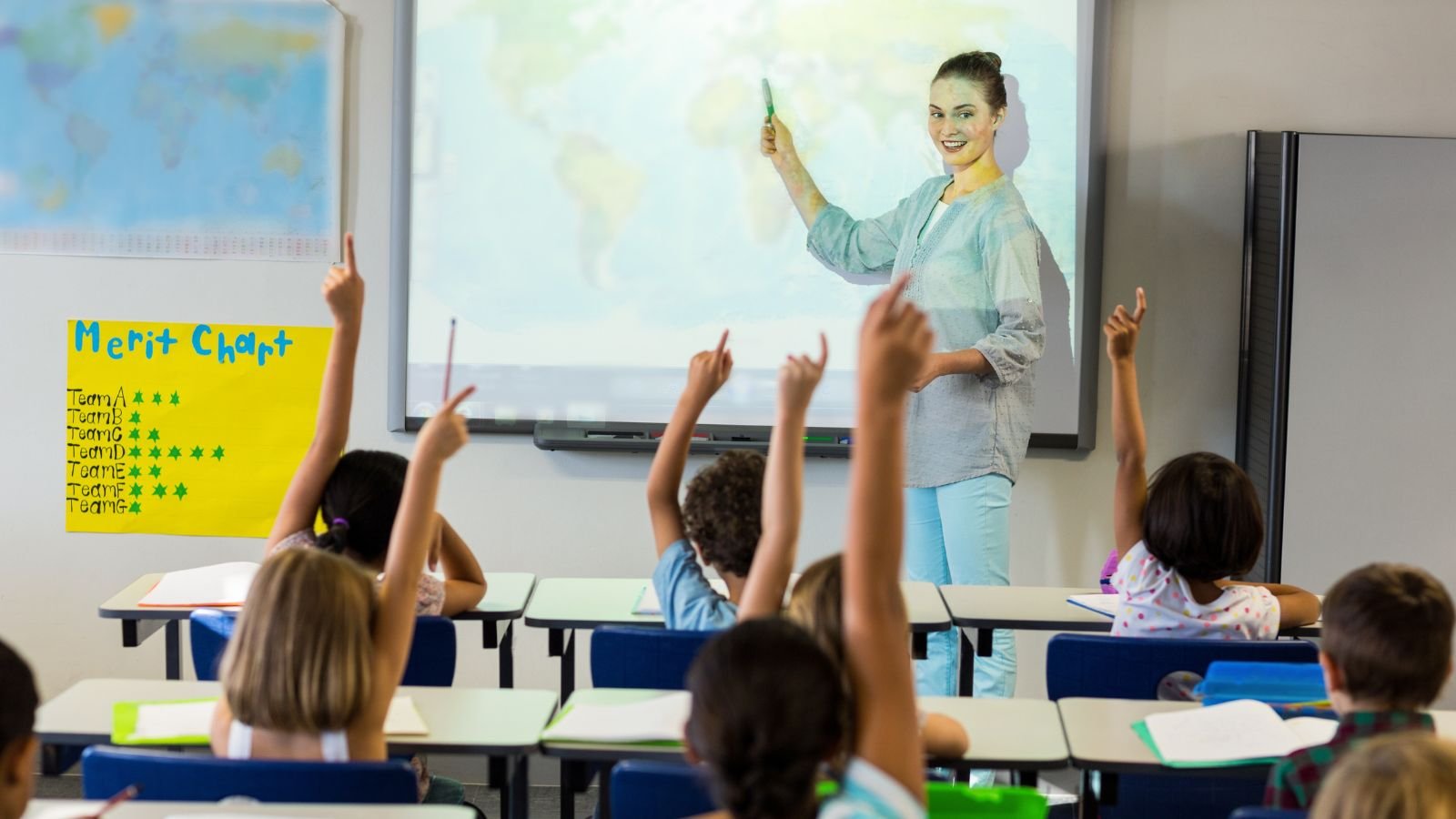
Teachers used to display math problems or vocabulary words using projectors and clear plastic sheets. Now it is common for educators to use iPads or Surface devices to project information onto a screen. This technology makes lesions more interactive and allows for quick adjustments.
Gym Uniforms
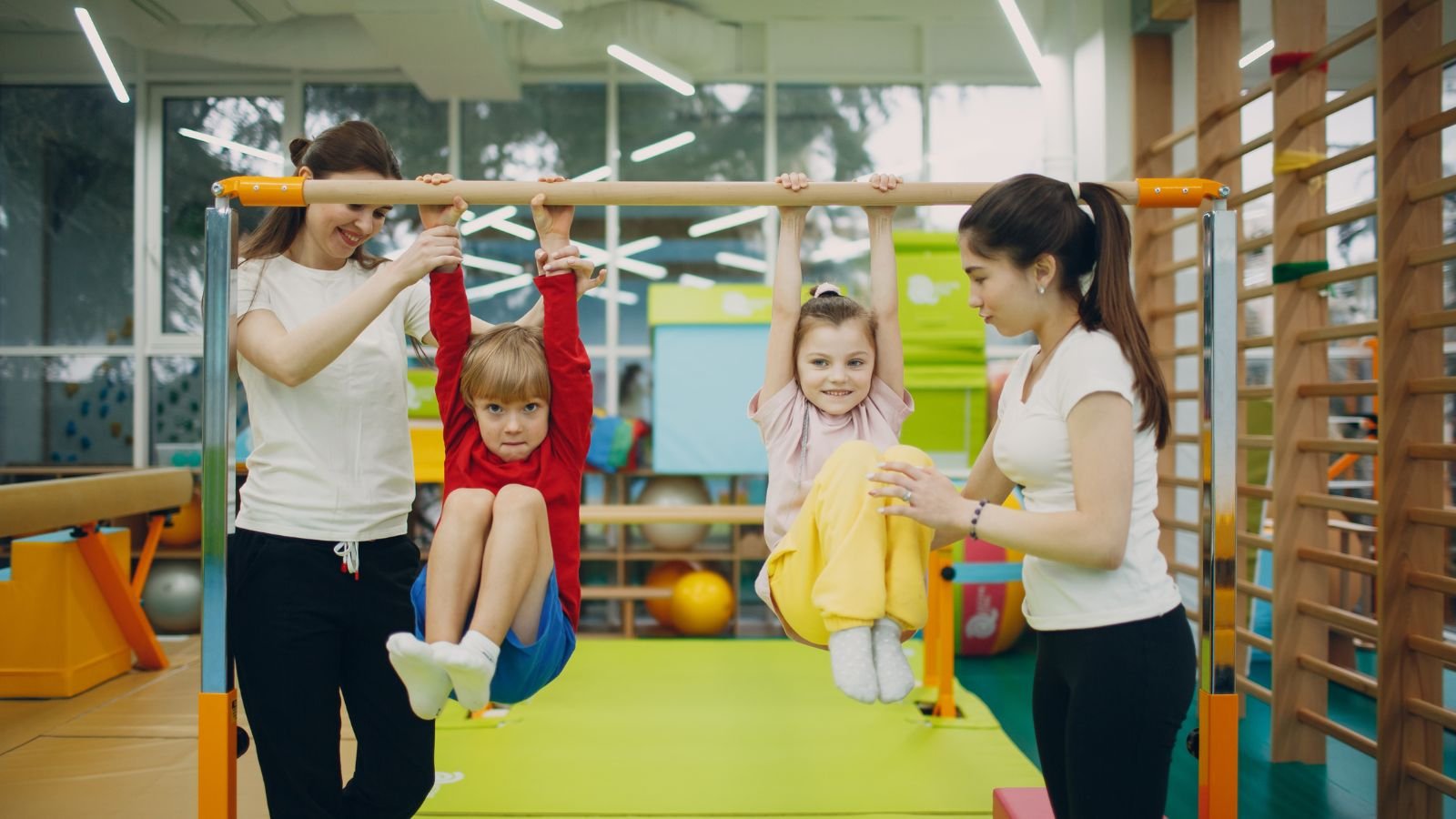
Unisex t-shirts and shorts made changing for gym class less stressful. While some schools still use gym uniforms to create a more comfortable environment for students. Modern P.E. classes focus more on participating and less on uniformity. This promotes a healthier attitude towards physical fitness.
Analog Clocks

With so much technology around, many kids cannot read analog clocks. Schools are increasingly replacing them with digital ones because students struggle to tell time during tests. However, some educators still emphasize the importance of learning to read analog clocks. It is a skill that connects students to the past and teaches patience and precision.
Handwritten Report Cards

Report cards used to be handwritten by teachers, requiring significant time and effort. Now, digital report cards can be generated and distributed quickly. It provides timely feedback to students and parents. This change has made the reporting process more efficient and accurate.
Trapper Keepers
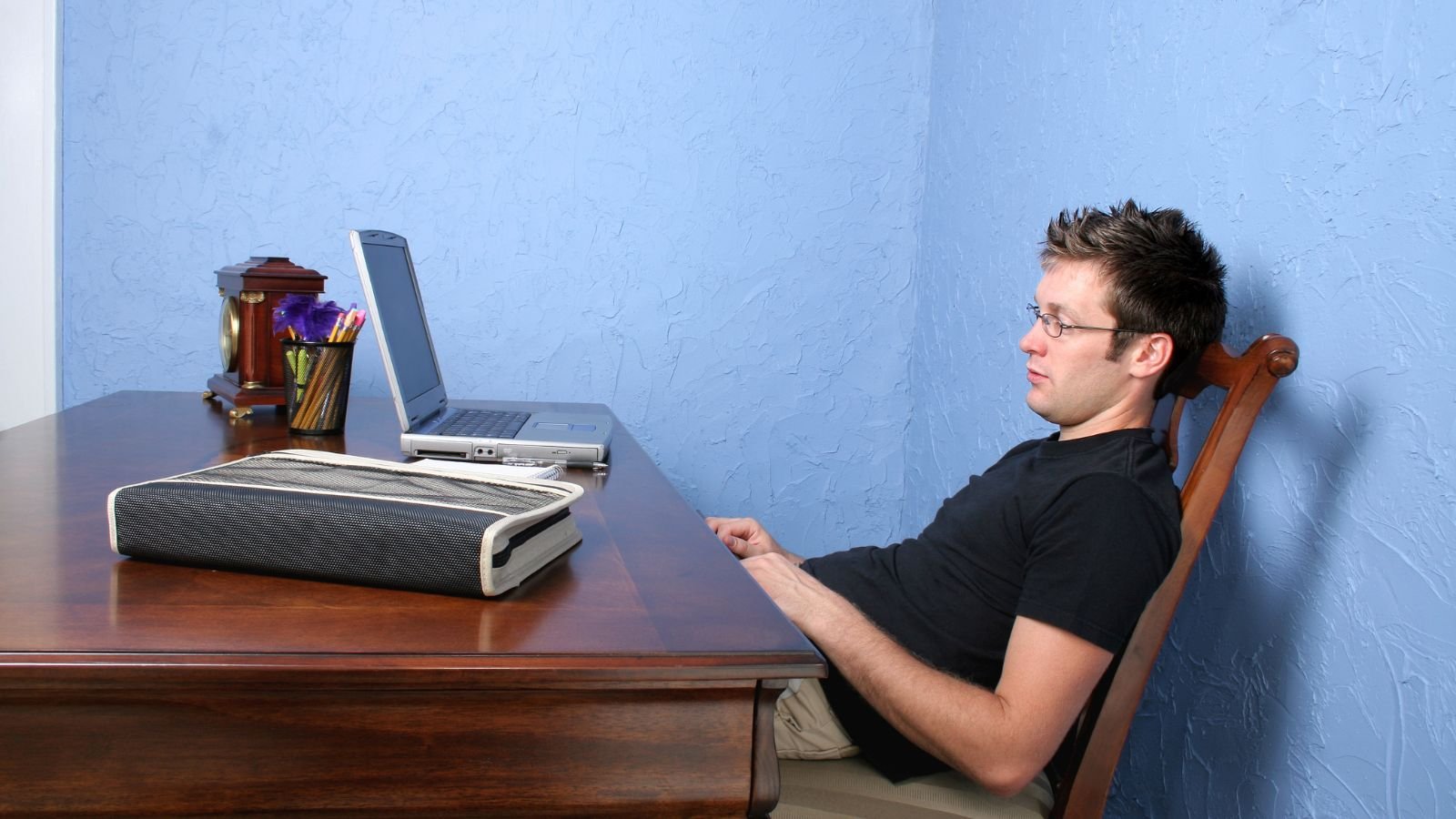
Trapper Keepers were once essential for keeping everything organized. But now iPads and other digital devices have taken their place. These devices allow students to keep track of assignments, take notes, and stay organized in a modern way.
Filmstrips

Filmstrips were a popular educational tool, with teachers showing slides in various subjects accompanied by a cassette tape narration. Now, digital videos and interactive media have taken over. They offer a more engaging learning experience.
